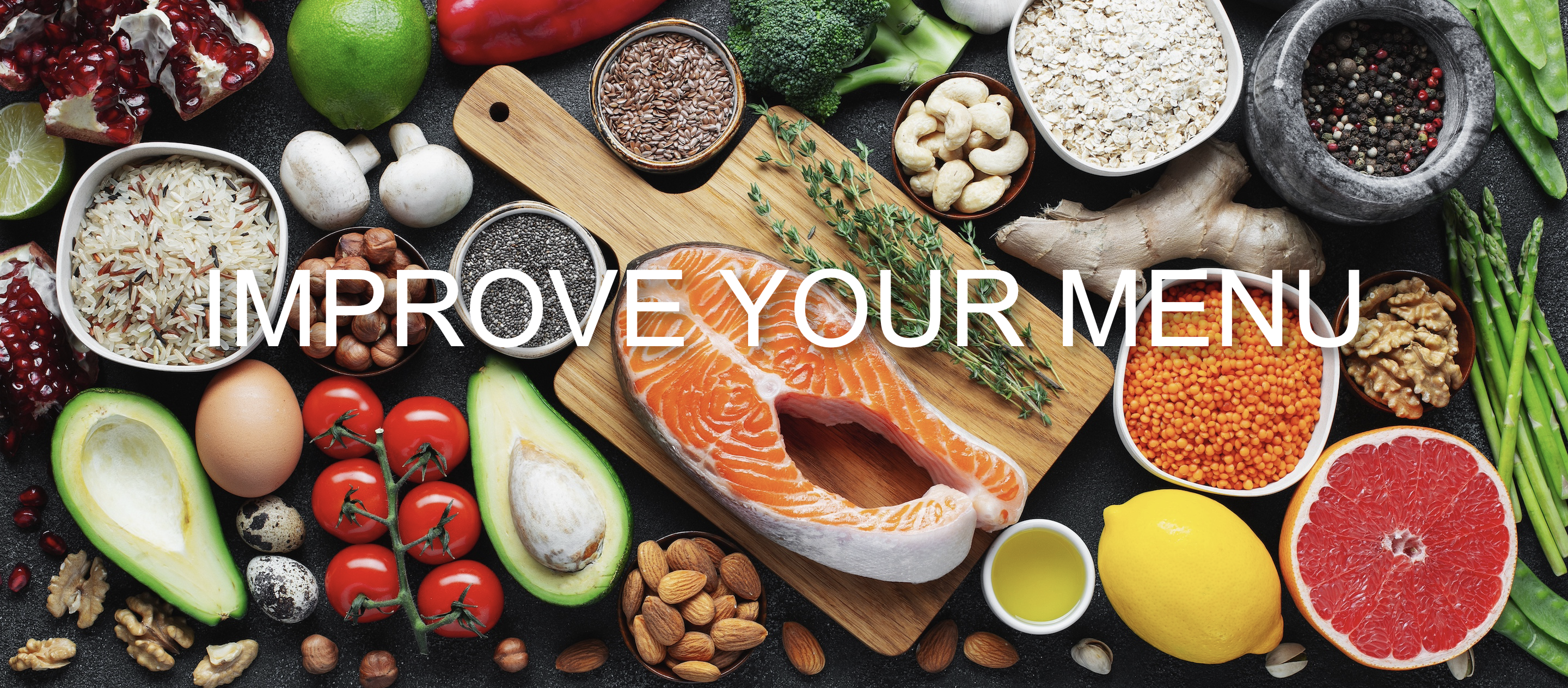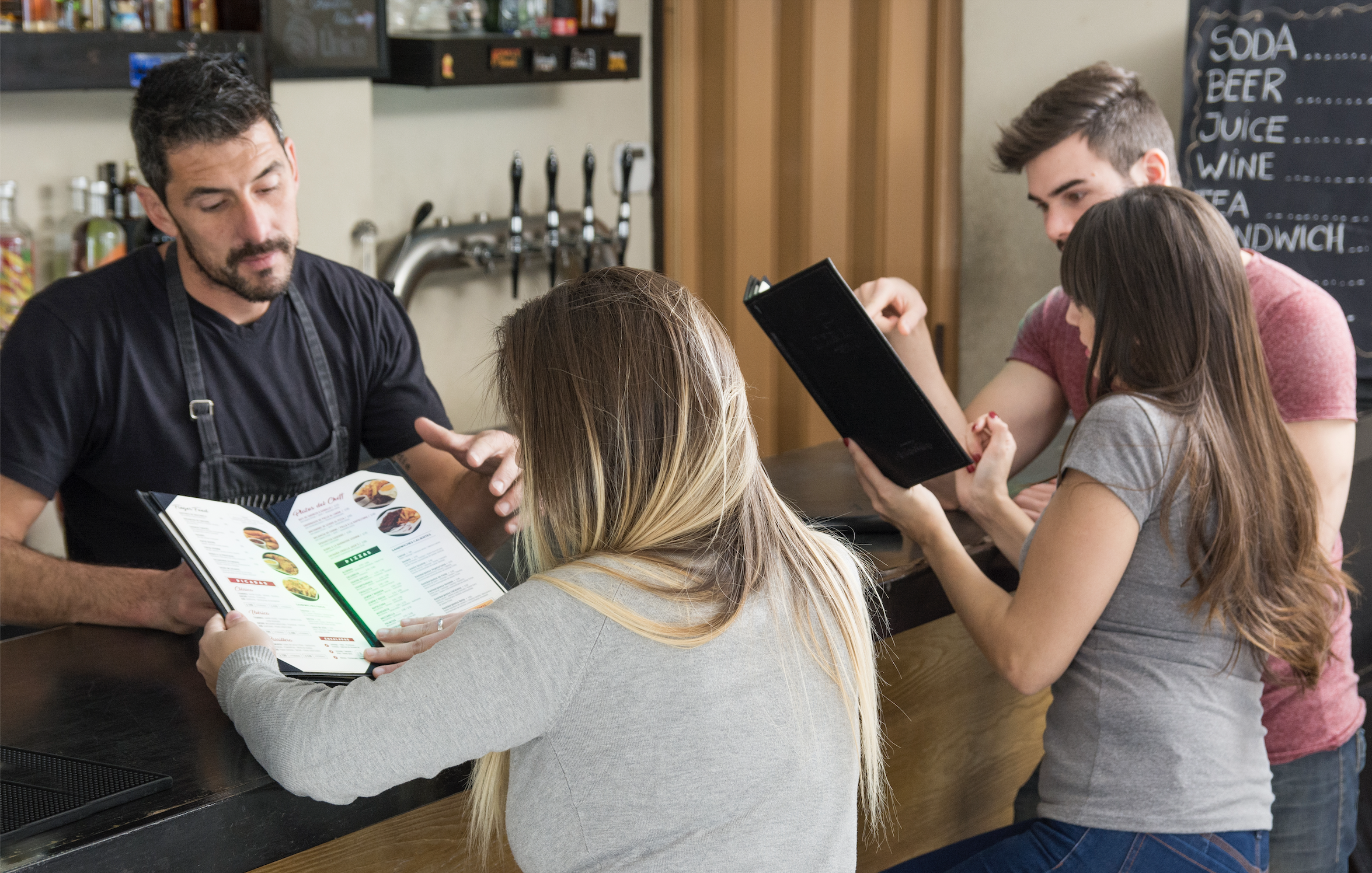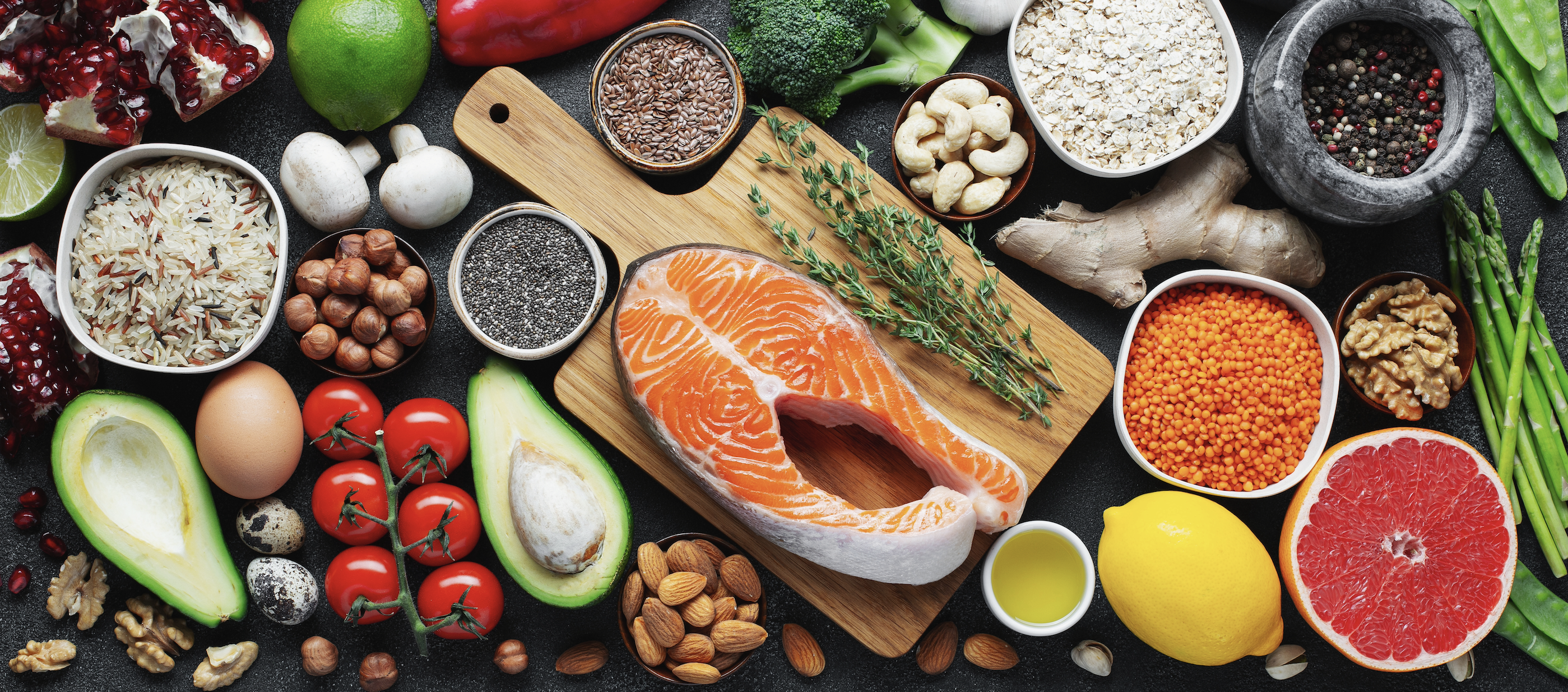5 Ways to Create New Menu Ideas and Redefine Your Restaurant
How can you keep your menu fresh and appealing to customers throughout the year?

Contents
While having a fixed menu all year round might be suitable for some restaurants, the majority of the F&B industry will benefit from shaking things up from time-to-time and giving customers new reasons to keep visiting. Be it fast food restaurants, who often introduce promotional menu items to attract business, or table service restaurants, that shift menus based on in-season ingredients, the F&B industry, as a whole, is not unfamiliar with the concept of creating new menus. However, while knowing that it is important to change restaurant menus is one thing, figuring out how to come up with new menu ideas is quite another. In this article, we’ll outline 5 simple tips to help you create new and exciting menu ideas.

1. Collect Multiple Sources for Inspiration
Finding inspiration at the flip of a hat can be really difficult. However, if you’re keeping up with industry trends and watching what other people are doing through a variety of different sources of inspiration, you could subconsciously be building the next great menu idea in your mind without even knowing it.
Watching cooking videos, for example, can introduce you to new cooking techniques, creative ways to use common ingredients and even to new recipes and international dishes that would be super unique if served at your restaurant.
Industry newsletters can often highlight large trends and customer sentiment towards the current status of the F&B industry. Keeping up with newsletters can give you a better understanding of your industry and how to best-utilize ingredients to create a menu that customers will love.
Visiting other restaurants can also be a potent way to expand your culinary horizons. There’s no shame in poaching a good idea from other restaurants, as long as you execute well. Try out what the competition is serving and figure out how to take those dishes one step further.
Social media has become a bastion of finding out about what’s popular and what isn’t. Influencers and even just regular people, constantly share their thoughts and feelings about a multitude of topics, including food. Use social media to learn what real customers are excited about when it comes to food and drink, and harness that sentiment to get customers excited with new menu items.

2. Discuss With Staff and Engage with Customers
Your staff are essentially a window into understanding your customers. Kitchen staff know which dishes are cooked the most and wait staff can help you gain valuable insights and feedback on how customers respond to certain drinks and dishes. By involving your staff in discussions about new menu items, they can provide valuable insights directly from their interactions with customers or through a deep understanding of your daily operations.
Of course, there’s a more direct way to gauge customer feedback – asking customers, themselves. You can set up easy online surveys and offer little perks for completion. Or, more effectively, you can set up customer relationship management (CRM) systems that show data on important customer habits like average spend, how many people per table, which dishes were ordered and most popular times to visit. These kinds of data points can be extremely useful when creating new menus as you can push popular items at times that customers are more likely to visit. And since the data comes directly from customers’ daily ordering habits, it is unlikely for this data to be skewed or erroneous.

3. Dish-by-Dish Menu Analysis
When coming up with menu ideas, it is important to remember what inspired you to create your current menu. Looking over each dish is a great way to do that and get back to the core and root of your restaurant’s ethos. Oftentimes, restaurants forget the vision with which they decided to open up and their uniqueness gets diluted with time. Remember that each dish your restaurant puts out represents the business and the brand image you are trying to create.
It is also important to take a look at each dish’s viability as a money-maker. Using your POS’ analytics, you should have easy access to how many times each dish has been ordered, whether the ingredient costs are low enough to provide high margins of return each time a dish is ordered, and whether each dish is popular enough to even warrant buying ingredients to produce it. By understanding the types of dishes that your customers are more likely to go for, you can tighten your menu and succinctly offer enticing dishes that are sure to cause a buzz, rather than having a bloated menu with several dishes that you have to stock up for, but are rarely ordered.

4. Do Your Ingredients Shine?
When building an outstanding menu, keeping your ingredients in mind is a key factor in how successful that menu is going to be. There are a few key elements to always look out for, namely: what your supply chains are, can you source local ingredients and are you able to find versatile ingredients.
When it comes to supply chains, you should definitely spend the time to shop around and search for the best quality produce you can find, at the lowest price. Most cities will have well-established supply chains that restaurants can use to get better deals that buying ingredients in bulk from supermarkets and the like.
Next, search for local produce. Supporting local industries is not only a great selling point, but also allows you to get the freshest ingredients without having to rely on preservatives and artificial means to keep your ingredients around for longer. Without having to pay for shipping costs, packaging and a middle man’s fees, you can likely get great deals while highlighting the produce that your particular region is really known for. Best of all, with seasonal changes, you can showcase different types of local produce at different times of the year to keep your menu exciting.
Finally, be on the hunt for versatile ingredients that you can use in multiple dishes. Having ingredients that you only use for a single dish can be very costly and can also lead to those ingredients going to waste. If a dish loses popularity and has a unique ingredient that is required only for that dish, chances are that ingredient will go to waste. Versatility of ingredients means that even if one dish underperforms, the same ingredients can go towards the creation of other, more popular dishes.

5. Does Your Menu Carve a Narrative?
Most restaurants have a story or a theme surrounding them. It can be beneficial to have your menu reflect the narrative you crafted when opening up your restaurant. For example, did you open up to showcase the best local ingredients, pair great food with the best drinks, create your restaurant as an ode to the cuisine you enjoyed back home, or maybe even just to pursue your passion for delicious food?
Whatever the case, weave in your story with your food to add an additional element of immersion and investment into the dining experience. Customer love a good story to accompany their dining experience. If you aren’t sure about crafting a narrative based around your restaurant, do so for each dish. Maybe your chefs have crafted signature dishes from scratch, or you have food items from very specific regions from around the world. As long as there’s a story paired with your food, you can almost certainly drum up a lot more interest and intrigue, while making your food stand out from the competition.